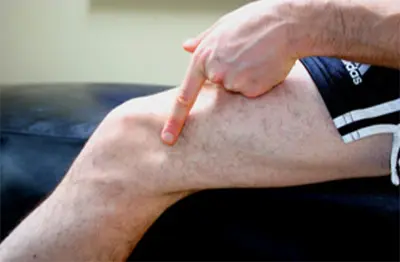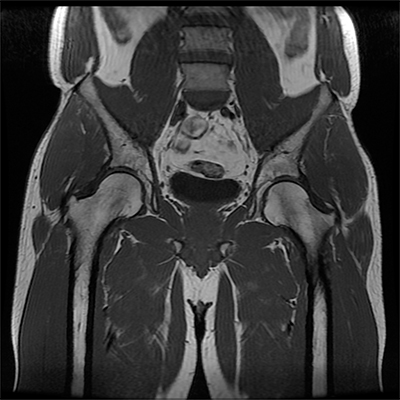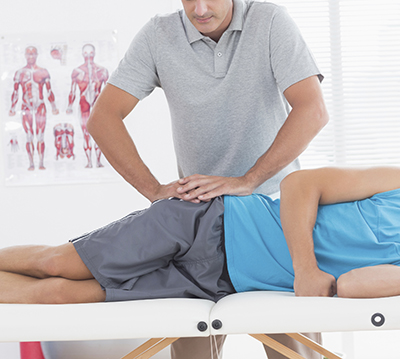IT Band Syndrome

What is IT Band Syndrome?
IT band syndrome, also known as runners knee or iliotibial band friction syndrome, is a condition characterized by chronic pain due to friction and pressure on the soft tissues on the side of the hip, thigh, and knee. This condition is mostly observed in athletes undergoing vigorous movements where there is repeated and high force bending of the knee and hip. This injury is commonly seen in biking, running, and skiing.

Causes of IT Band Syndrome
IT band syndrome is mainly caused by overuse where the lateral leg muscles are frequently exposed to high amounts of running and high impact movements. The condition is slightly more common in women, and rarely occurs in sedentary populations. IT Band Syndrome can also be confused with other conditions:
- Greater trochanter bursitis
- Strain or tear of the gluteus medius
- Lateral collateral ligament strain
- Muscular strain or tear in the quadriceps
- Sciatica

Symptoms of IT Band Syndrome
Symptoms of IT band syndrome vary, and can include:
- Unilateral pain on the side of the thigh
- Nagging pain that worsens over time
- Pain during or immediately physical activity
- Tenderness to touch the side of the hip, thigh, and upper knee
- Pain that worsens when running on inclined or declined planes

Diagnosis of IT Band Syndrome
As the lateral hip, thigh, and knee pain can have several causes, diagnosing IT band syndrome requires a variety of tests to be diagnosed confidently. Your doctor will carefully review your symptoms and medical history and perform a physical examination. Diagnostic tests for IT band syndrome include:
- MRI Scan: This study uses a large magnetic field and radio waves to produce images that help in detecting damage to soft tissue, muscles, tendons, and ligaments located in the hip, thigh, and knee.
- CT Scan: This scan uses multiple X-rays to produce detailed cross-section images of soft tissues, bone, and cartilage structures.
- X-rays: This study uses electromagnetic beams to identify the presence of stress fractures or bony deformities.
- Ultrasound: This study uses high-frequency sound waves to produce images of the tissues.
- Bone scan: This study uses a radioactive substance to detect any damage to the bones.

Conservative treatments
Anti-inflammatory medication: Your doctor may recommend non-steroidal anti-inflammatory drugs (NSAIDs) to reduce pain and inflammation in the tissues.
Rest and Activity Modification: Reducing or modifying physical activity can provide the tissues near the IT band time needed to heal.
Ice or Heat: Applying ice or heat can help relax muscle and reduce swelling of the lateral leg.
Injections: Your doctor may recommend steroid injections or platelet-rich plasma (PRP) injections to reduce pain and promote healing.
Physical therapy: After a rest period, exercises are recommended to address muscle imbalances and strengthen the lateral leg muscles.

Surgical treatment
If conservative treatment methods are ineffective, and if the patient and physician feel necessary, surgical methods can be recommended. Below are possible surgical interventions for IT band syndrome:
- Iliotibial band release
- Iliotibial band lengthening
- Iliotibial band bursectomy
- Iliotibial band debridement
Rehabilitation following surgery usually takes about 6-8 weeks.
Persistent pain following surgery may require additional procedures, biotherapeutic injections, or physical therapy.
